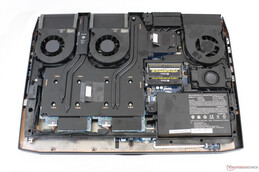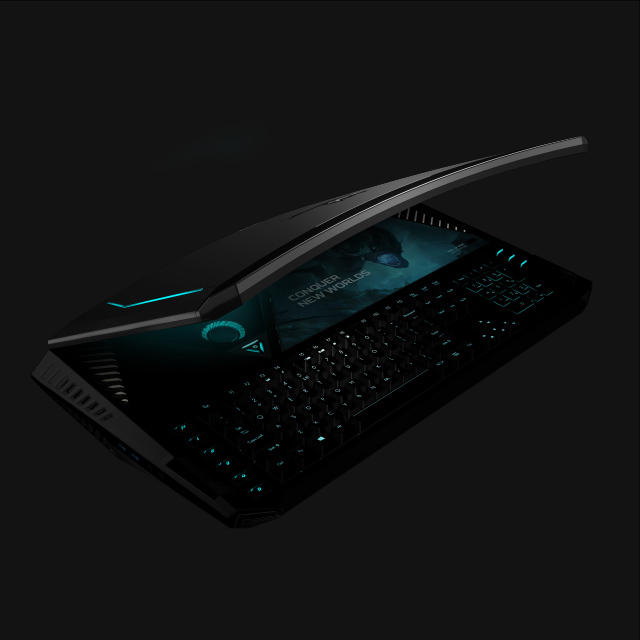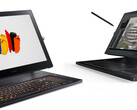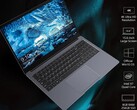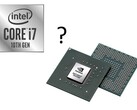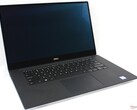For every successful innovation, there are probably a dozen more off-the-wall concepts that never make it into production or, if they do, then they would become one-off features appearing on just a small handful of products. This small list looks back at five short-lived features found on very few gaming laptops that failed to gain any traction.
Acer FrostCore
The 2016 Acer Predator 17 had a hot swappable SATA-like slot on the side of the chassis dubbed FrostCore. Users could insert an optical drive or an additional system fan for supposedly cooler temperatures. The problem, however, was that system noise would be louder with the FrostCore fan attached. Furthermore, we weren't even able to measure any significant temperature or performance advantages with this feature. Needless to say, Acer swiftly dropped the FrostCore concept on its future Predator laptops.
Lenovo UltraBay
Similar to FrostCore, the Lenovo UltraBay was a SATA-like expansion slot along the edge of the 2013 IdeaPad Y500 chassis. Unlike the Acer variant, however, the UltraBay was able to accept secondary graphics cards like the GeForce 650M for SLI performance. The proprietary concept proved to be far too niche to support in the long run.
AMD Dual Graphics
AMD Dual Graphics or Hybrid Graphics combined the graphics performance of the Llano/Trinity integrated Radeon GPU with a discrete second Radeon GPU like the HD 6750M for better gaming performance. The feature sounded like a good idea on paper especially for marketing purposes where AMD-only laptops were often viewed as slow performers. Unfortunately, driver support for the asymmetric nature of AMD Dual Graphics was abhorrent and so most games would barely run any faster — if at all. An example laptop with AMD Dual Graphics was the 2013 HP Pavilion g6 that combined the integrated AMD Radeon HD 7660G with the discrete Radeon HD 7670M.
Nvidia SLI
While SLI still exists for desktops and Pascal laptops, OEMs have since dropped this feature on Turing laptops because Nvidia has been discouraging GeForce SLI for mobile form factors. Aorus and MSI, for example, were big proponents of SLI laptops during their early days only to completely abandon it once Nvidia Turing became available. Turns out, cramming multiple GPUs in a laptop form factor isn't exactly the most efficient approach.
If you still want a laptop with SLI graphics, you'll have to look at some older Clevo systems like the Eurocom Sky X9C that support multiple MXM GPUs.
Curved Displays
Acer launched its curved 21-inch Acer Predator 21 X gaming laptop in 2017 that grabbed headlines for its long list of insane features. While some enthusiast aspects continue to live on like the mechanical keyboard keys and Tobii eye-tracking, the curved display made very little sense for a laptop form factor. We'd be surprised if any major OEMs in the near future decide to push something as unconventional as curved laptops in lieu of something more tangible like OLED.
















